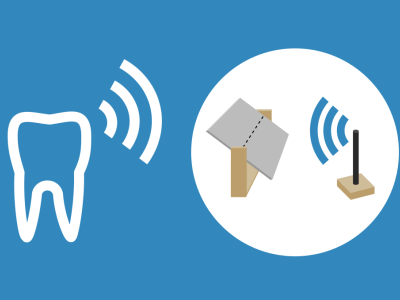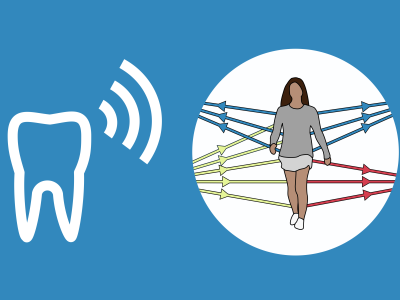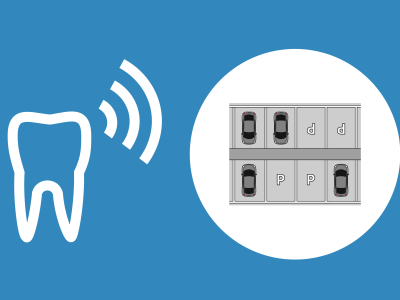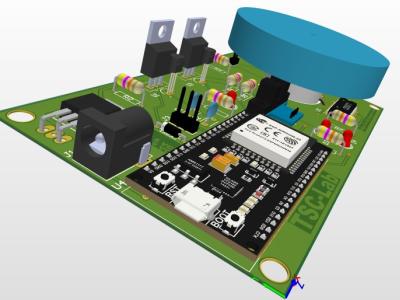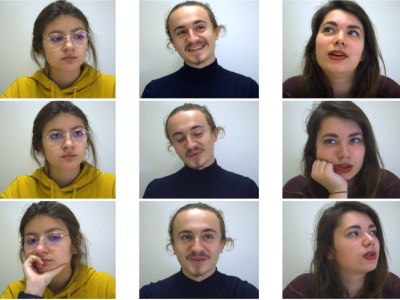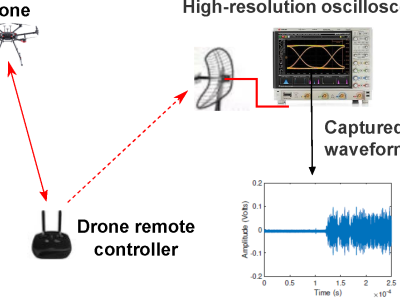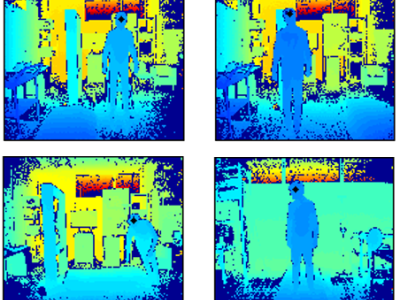Bluetooth Direction Finding for Passive Respiration Monitoring

- Citation Author(s):
-
Stefan Janicke (University of Wuppertal)
- Submitted by:
- Gerrit Maus
- Last updated:
- DOI:
- 10.21227/wxj4-g666
- Data Format:
 514 views
514 views
- Categories:
- Keywords:
Abstract
The Bluetooth 5.1 Core Specification brought Angle of Arrival (AoA) based Indoor Localization to the Bluetooth Standard. This feature is usually referred to as Bluetooth Direction Finding.
Technically, the Direction Finding is done by adding a so-called Constant Tone Extension (CTE) to a Bluetooth packet. During this CTE, either transmitter or receiver can switch through several antennas of an antenna array while IQ data, i.e. amplitude and phase information, is sampled on the receiving side. Using these IQ samples, the direction(s) of the incident wavefronts can be estimated. However, these IQ samples can be used for a variety of further applications.
This dataset holds several measurements during which two subjects were standing nearby a Bluetooth 5.1 transmitter receiver pair. This way, the breathing activity of these subjects have had an impact on the wireless signal propagation. Applying appropriate signal processing, the respiration rates of the two subjects can be identified from the measurements.
In this document, the experimental setup, the used sensor devices, and the structure of the provided data files are described in detail.
Instructions:
All necessary information can be found in the provided README file.


